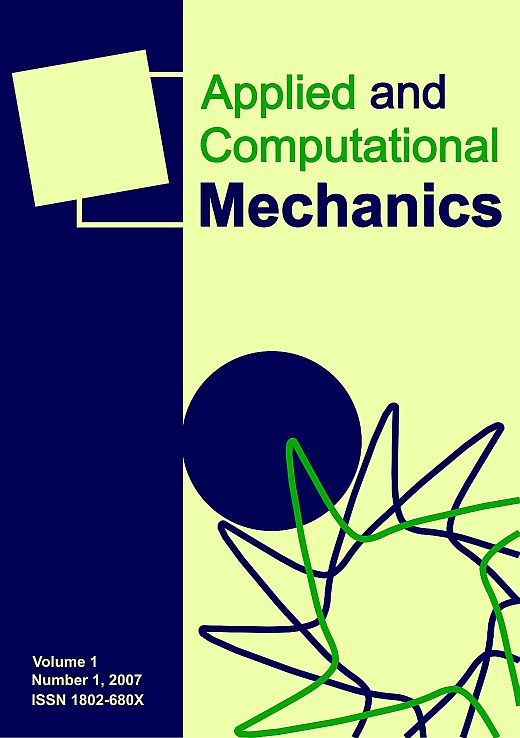Response probability density of a system with cross-correlated parametric and additive input noises
DOI:
https://doi.org/10.24132/acm.2019.459Keywords:
signal reconstruction, cross-correlated input processes, Fokker-Planck equation, stochastic moments, asymmetry of the response probability densityAbstract
Data processing and subsequent mining is a widely followed task. Employment of suitable evaluation and interpretation procedures can significantly improve the effective resolution of measuring facility using an identical hardware equipment. Recording of time variable processes is accompanied by various internal disturbing effects as a rule. They influence parameters of the measuring facility, transducer-device transmitting, etc. These parasitic processes are usually of the random character and, consequently, they exercise as parametric noises. Moreover, the input signal mostly consists of a useful signal, which can be taken for deterministic, and of a random additive part. Due to interaction of additive noises with the device itself, the cross-correlation of both additive and multiplicative noises cannot be neglected as a rule. Various combinations of noises are the origin of random and also systematic measuring errors which can have under certain circumstances a cumulative character. Their influence deteriorates the output signal quality and can lead finally to the stochastic stability loss. These effects can be theoretically described using differential systems with stochastic coefficients and a stochastic right hand side considering all input and output processes to be of the Markov type. A direct investigation of the relevant Fokker-Planck equation is employed as the main tool. Two first stochastic moments (mathematical mean value and variance) as evolutionary processes are investigated for a general deterministic useful signal and subsequently for two special cases of this one. Both types of input random noises are considered. Conditions of stochastic stability with respect to intensities of input random processes are formulated. The probability density function is deduced as well, in order to illustrate the probabilistic character of the system response as a whole. The stochastic asymmetry of the output signal is identified. Limitation procedures show a smooth transition from a general stochastic problem to deterministic noise free input signal and its processing.Downloads
Published
30-Jun-2019
Issue
Section
Articles
License
Copyright (c) 2019 Applied and Computational Mechanics

This work is licensed under a Creative Commons Attribution 4.0 International License.
How to Cite
[1]
J. Náprstek and C. Fischer, “Response probability density of a system with cross-correlated parametric and additive input noises”, APPL COMPUT MECH, vol. 13, no. 1, Jun. 2019, doi: 10.24132/acm.2019.459.







